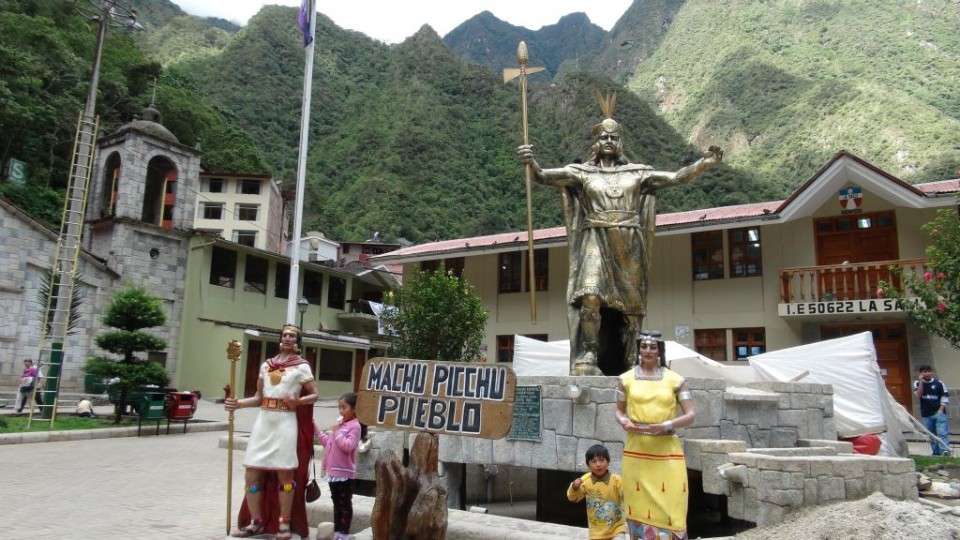Rio de Janeiro • Brazil
The sounds of samba, Ipanema Beach and great Brazilian climate draws me here, having travelled with some friends, at least I have a feeling of safety in numbers.
Rio de Janeiro was the capital of Brazil for almost two centuries (1763-1822) and the capital of the Portuguese Empire (1808-1821). Commonly known as Rio, the city is also nicknamed A Cidade Maravilhosa – “The Marvelous City”. It was Brazil‘s capital until 1960 when Brasilia took its place.
Guanabara Bay was reached by Portuguese explorers in an expedition led by Portuguese explorer Gaspar de Lemos on January 20, 1502, mariners named the place because they thought the mouth of the bay was actually the mouth of a river. At the time, the river was the general word for any large body of water. The exact place of Rio’s foundation is at the foot of Pão-de-Açúcar (Sugarloaf Mountain).
It is a spectacular natural setting, its Carnival celebrations, samba and other music, hotel-lined tourist beaches, such as Copacabana and Ipanema, paved with decorated black and cream swirl pattern mosaics. Some of the most famous local landmarks include the giant statue of Jesus, known as Christ the Redeemer (‘Cristo Redentor‘) atop Corcovado mountain, which has recently been named one of the New Seven Wonders of the World; Sugarloaf Mountain (Pão-de-Açúcar) with its cable car; the Sambadromo, a giant permanent parade stand used during Carnival; and Maracanã stadium, one of the world’s largest football stadiums. Rio also boasts the two world’s largest forests inside an urban area.
Residents of the city are known as Cariocas, most of the population is of Portuguese descent, with a large number of people of African descent and Pardos of mixed Portuguese and African descent. Portuguese is the official national language, and the primary language taught in schools. But English and Spanish are part of the official high school curriculum.
The Brazilian Carnival (Carnaval, in Portuguese) is an annual celebration held 40 days before Easter and marks the beginning of Lent. In 1840 the first Carnival was celebrated with a masked ball. As years passed, adorned floats and costumed revellers became a tradition amongst the celebrants. Carnival is known as a historic root of Brazilian music. Rio was eternalized in the super smash hit song “Garota de Ipanema” (The Girl from Ipanema) composed by Antonio Carlos Jobim and recognized worldwide and recorded by Astrud Gilberto and Joao Gilberto, Frank Sinatra, and Ella Fitzgerald. This is also the main key song of the Bossa Nova, a musical genre that was born in Rio.
The Maracana stadium, once the world’s highest capacity football (soccer) venue, able to hold nearly 180,000 people, as it did the World Cup final of 1950. In modern times its capacity has been reduced to conform with modern safety regulations and the stadium has introduced seating for all fans. Sports are very popular pastime, the most popular one is soccer. The Brazilian dance/sport/martial art capoeira is very popular, along with beach football, beach volleyball, surfing, kite surfing, hang gliding amid recreational sailing.
Downtown remains the heart of the city’s business community. A bondinho (tram) leaves from a city centre station, crosses the aqueduct (converted to a tram viaduct in 1896) and rambles through the hilly streets of the Santa Teresa neighbourhood nearby, giving you a glimpse inside the favelas and the way of life in Rio.
Although the city clearly ranks among the world’s major metropolises, a large proportion of the city’s inhabitants live in poverty. The poorest of the areas are the slums and shantytowns known as ‘favelas‘; often crowded onto the hillsides. A unique aspect of Rio‘s favelas is their close proximity to the city’s wealthiest districts. Upper-class neighbourhoods such as Ipanema and Copacabana are squeezed in between the beach and the hills. This social contrast creates a clash between rich and poor.
Despite its charm and beauty, Rio de Janeiro is reputed to be one of the most violent cities in the world. The homicide rate of the greater metropolitan area stands at nearly 30 victims per week (2007), with the majority of victims falling to assault, stray bullets or narcoterrorism. The city itself ranks 206th in the list of the 5565 most violent cities in Brazil and first in a total number of firearm-related deaths. The numbers are comparable with war conflict zones like Baghdad and Kabul.
Rio de Janeiro‘s low paid and ill-equipped police killed 1,330 people in the state (2007). In comparison, the American police killed just 347 people in the whole of the USA (2006). The average Rio policeman earns only R$10,488 (around US$ 5,500) a year (2008 figures). Only 3% of the murders are solved by police.
Despite all the fears and worries of Rio, generally, I found the city to be safe during the day in Ipanema where we stayed. However, I would suggest that a taxi at night is the best option, especially if you are on your own. For visitors, this can be intimating but being cautious, and not carrying too much money is the best option, keep valuables back at the hotel and only take what you need to the beach, everything is available when you get there, food, drinks, chairs, umbrellas, etc.
Rio de Janeiro lived up to its reputation as a sexy and vibrant city, one I’m certainly glad to have experienced. It really deserves the label of the city of God, because no other city offers so much drama and beauty, and a rush and thrills that come with trying to make it out alive. Don’t be put off by all the reports of its dangers, sometimes the media makes things worse than it seems, but from what I was not able to see makes me enjoy it much more. However there are parts of Rio I just would not venture into, that’s just being a smart traveller. This is one of those cities that you must see!







